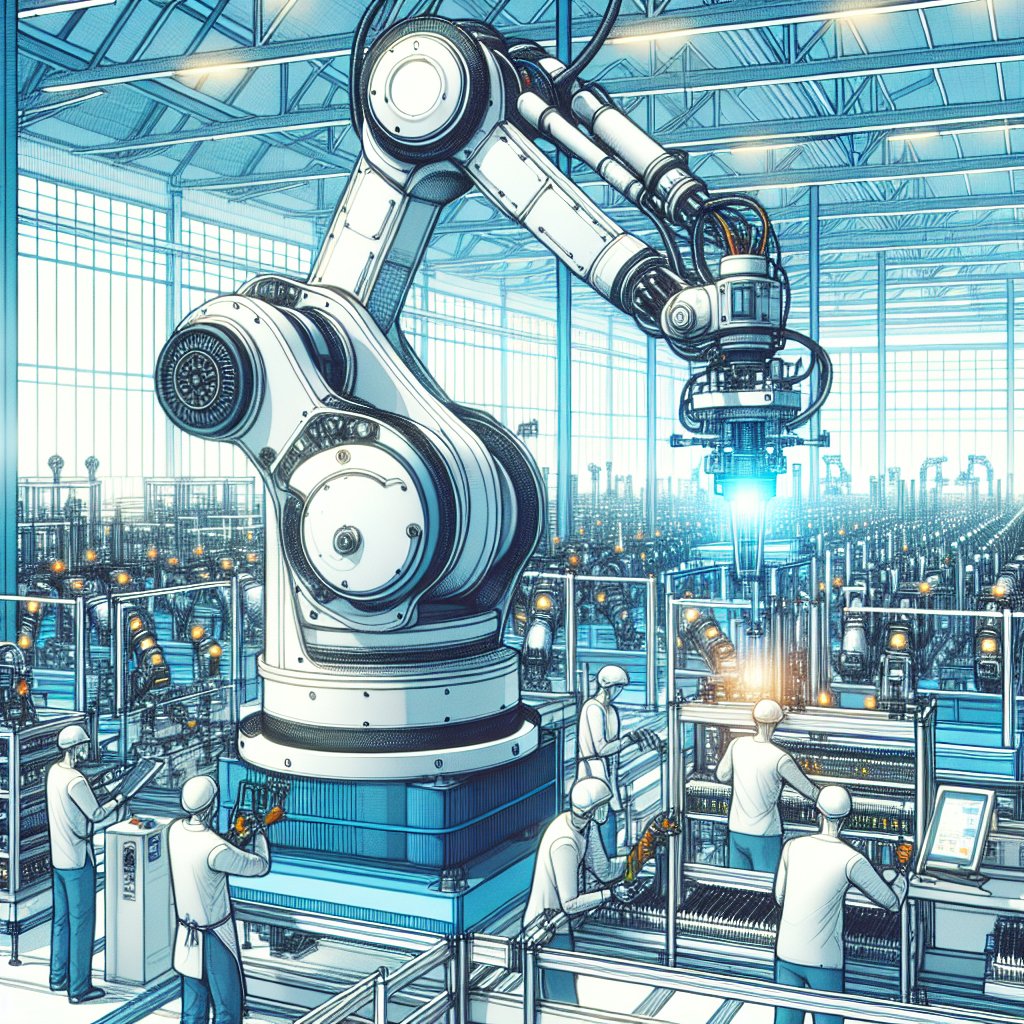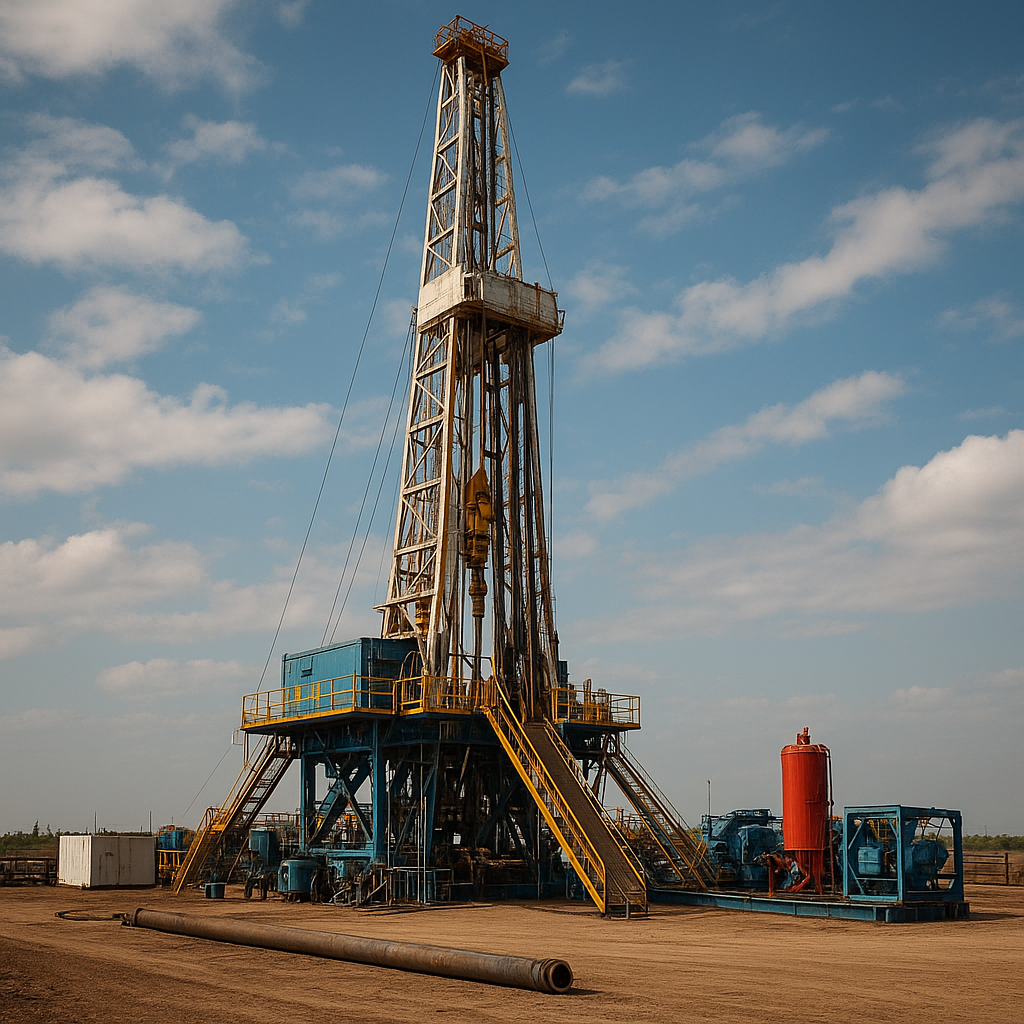
The advent of robotics has significantly transformed industrial labor markets, reshaping the landscape of employment and productivity. As automation technologies continue to evolve, industries worldwide are experiencing profound changes in how work is performed, leading to both opportunities and challenges for workers and businesses alike.
Understanding the Rise of Robotics in Industry
Robotics has become an integral part of modern industry, driven by advancements in technology and the need for increased efficiency. The integration of robots into manufacturing and production processes has allowed companies to streamline operations, reduce costs, and enhance product quality. This shift is largely attributed to the development of sophisticated robotic systems capable of performing complex tasks with precision and speed.
One of the primary factors contributing to the rise of robotics is the demand for higher productivity. In a competitive global market, businesses are under constant pressure to produce more with less. Robotics offers a solution by automating repetitive and labor-intensive tasks, freeing up human workers to focus on more strategic and creative roles. This not only boosts productivity but also leads to innovation and growth within industries.
Moreover, the advancement of artificial intelligence (AI) and machine learning has further propelled the capabilities of robots. These technologies enable robots to learn from their environment, adapt to new tasks, and make decisions based on data analysis. As a result, robots are no longer limited to simple assembly line functions but are now capable of performing complex operations in various sectors, including logistics, healthcare, and agriculture.
The Impact on Employment and Workforce Dynamics
The integration of robotics into industrial labor markets has sparked debates about its impact on employment. While some fear that automation will lead to widespread job losses, others argue that it will create new opportunities and reshape the workforce in positive ways. Understanding these dynamics is crucial for navigating the future of work.
On one hand, the automation of routine tasks has led to the displacement of certain jobs, particularly those that involve manual labor. Industries such as manufacturing, where robots can perform tasks more efficiently than humans, have seen a decline in demand for low-skilled workers. This has raised concerns about unemployment and the need for reskilling and upskilling programs to help workers transition to new roles.
On the other hand, the rise of robotics has also created new job opportunities in fields such as robotics engineering, maintenance, and programming. As industries adopt more advanced technologies, there is a growing demand for skilled workers who can design, operate, and maintain robotic systems. This shift highlights the importance of education and training in preparing the workforce for the jobs of the future.
Furthermore, the use of robotics can lead to improved working conditions and job satisfaction. By automating hazardous or monotonous tasks, robots can reduce the risk of workplace injuries and allow human workers to engage in more meaningful and fulfilling work. This can lead to higher morale and productivity, benefiting both employees and employers.
Challenges and Considerations for the Future
While the impact of robotics on industrial labor markets presents numerous benefits, it also poses challenges that need to be addressed. One of the primary concerns is the potential for increased inequality. As automation continues to advance, there is a risk that the benefits will be concentrated among a small group of highly skilled workers and companies, leaving others behind.
To mitigate this risk, it is essential to implement policies that promote inclusive growth and ensure that the benefits of automation are shared broadly. This includes investing in education and training programs to equip workers with the skills needed for the jobs of the future, as well as supporting initiatives that encourage innovation and entrepreneurship.
Another consideration is the ethical implications of robotics in the workplace. As robots become more autonomous, questions arise about accountability and decision-making. It is important to establish clear guidelines and regulations to ensure that robots are used responsibly and ethically, protecting the rights and well-being of workers.
Finally, the transition to a more automated workforce requires collaboration between governments, businesses, and workers. By working together, stakeholders can develop strategies that harness the potential of robotics while addressing the challenges it presents. This collaborative approach will be key to building a future where technology and human labor coexist harmoniously.
Conclusion
The impact of robotics on industrial labor markets is profound and multifaceted. While it offers opportunities for increased productivity and innovation, it also presents challenges that require careful consideration and action. By understanding the dynamics of this transformation and taking proactive steps to address its implications, we can ensure a future where robotics enhances the quality of work and contributes to sustainable economic growth.

